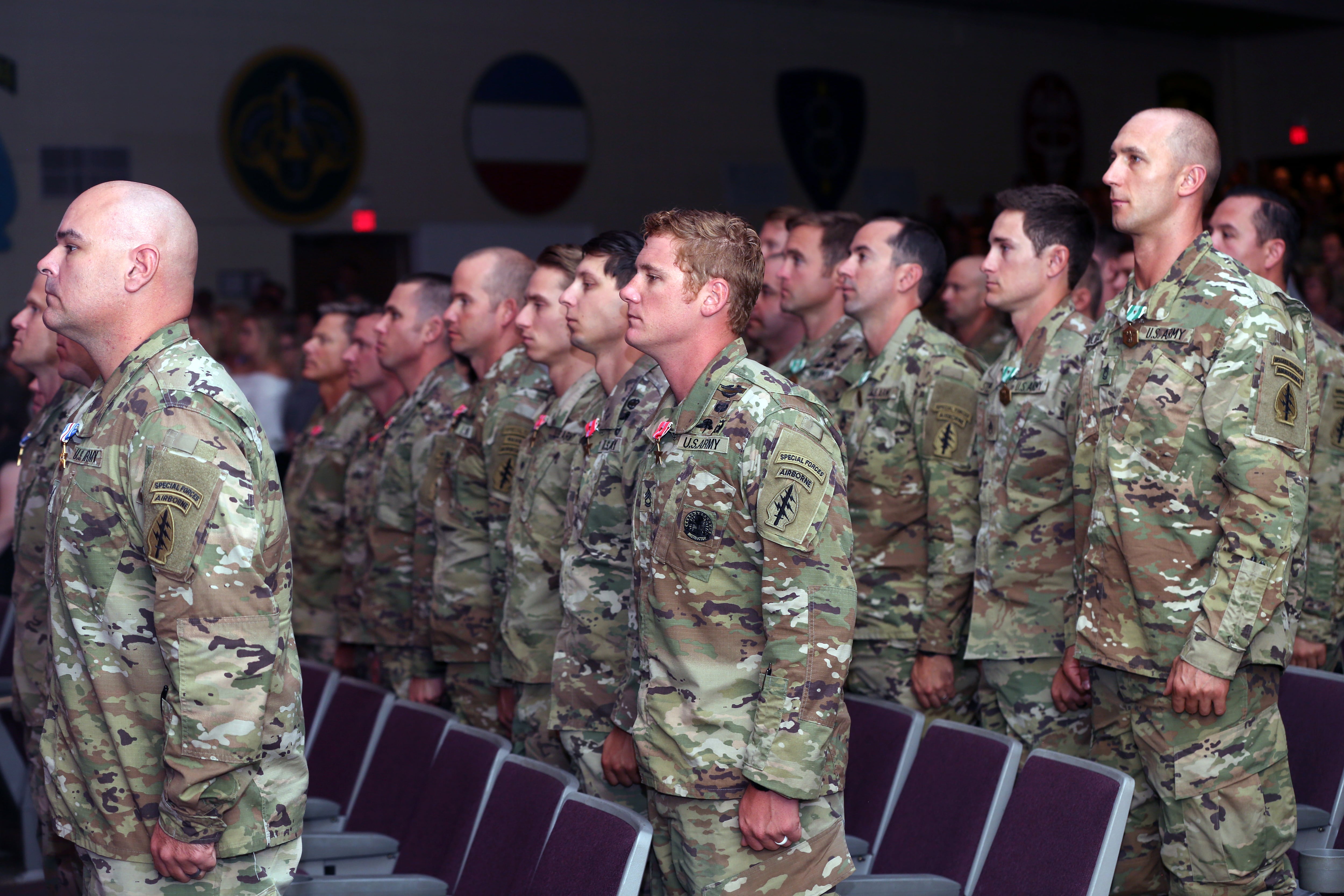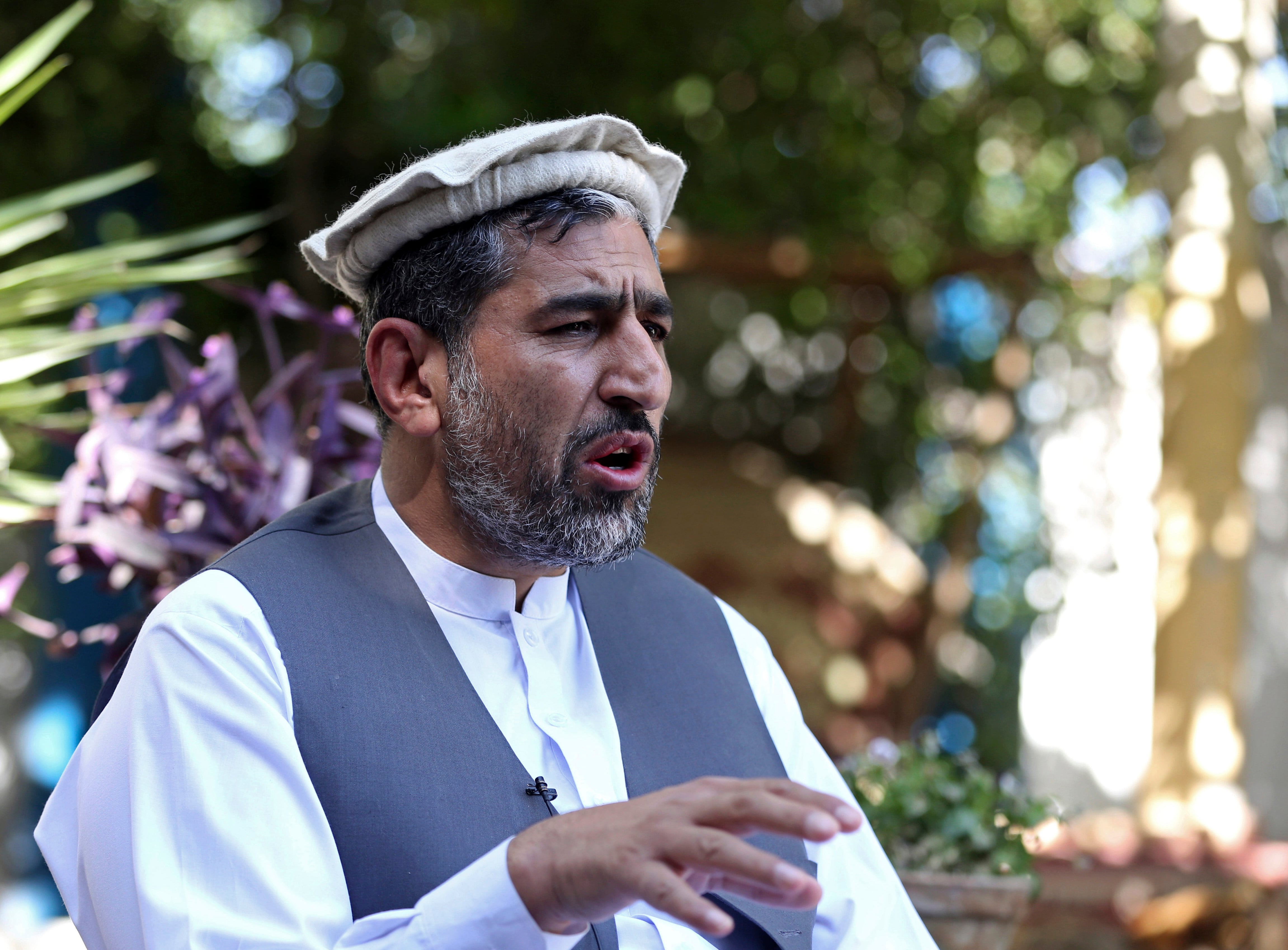In April 2017, U.S. forces dropped one of the largest non-nuclear bombs on an ISIS cave complex in Nangarhar province, Afghanistan. Dubbed the ‘mother of all bombs’ it killed dozens of fighters.
Former U.S. Afghanistan commander Gen. John Nicholson’s decision to unleash such an immense display of American air power against a militant group that at the time was estimated to number less than a 1,000 fighters was highly criticized.
But, despite years of American bombardment and hundreds of counterterrorism operations launched against the militant group largely cornered in remote pockets of Kunar and Nangarhar provinces, ISIS fighters in Afghanistan number in the thousands while maintaining the ability to launch deadly high profile attacks across the country.
A recent UN report said ISIS terrorists in Afghanistan numbered between 2,500 and 4,000 fighters. A 2019 DoD report on Afghanistan estimates the size of the terrorist group to be less than 2,000 fighters.
ISIS’ staying power marches on in the mountainous region of eastern Afghanistan despite major territorial losses in 2018, and immense pressure from sustained operations by Afghan and U.S. forces.
Its power and resurgence has ebbed and flowed with its ability to easily move weapons and supplies through Pakistan. On the recruitment front, its foreign fighters predominately hail from Central and South Asia, and the group often takes on disaffected Taliban fighters disillusioned by various infighting and political disagreements.
A UN report estimated that less than 10 percent of ISIS’ fighters in Afghanistan have experience fighting for the core ISIS group in Iraq and Syria.
Officials with Resolute Support told Military Times that its assessment of the capabilities and trajectory of the terror group is “concerning.”
RELATED

“Da’esh is active in the east and southeast and is trying to expand its territory and recruiting,” Resolute Support told Military Times in an emailed statement.
The UN report detailed that Afghan security forces have “intensified” their operations against the ISIS militants, and since April 2018, Afghan forces have launched 300 land and air operations killing nearly 1,200 fighters.
A special operations task force was awarded 34 valor awards to include five Silver Stars and nine Bronze Stars during a six month deployment combating Taliban, Afghan ISIS militants, Haqqani network and Al-Qaida fighters, according to Army Times.
An official with Resolute Support said no U.S. troops have died as a result of combat operations in Nangarhar province in 2019. But, U.S. and Afghan special operations forces have been slugging it out for several years against ISIS fighters in Nangarhar — the terror group’s center of gravity.
ISIS fighters in Afghanistan have also locked horns with Taliban fighters over control of territory in the war-torn region. Those battles have been costly for the terror group.
In one stinging defeat, ISIS fighters in July 2018, were routed by Taliban fighters in the northern Afghan province of Jowzjan. Skirmishes with Taliban forces coupled with attacks by Afghan special forces and airstrikes forced an ISIS commander to surrender nearly 250 of his fighters to the Afghan government, the UN report detailed.
The surrender of hundreds of ISIS fighters in Jowzjan, and the collapse of ISIS’ foothold in northern Afghanistan was widely reported in media circles.
But, those setbacks have not deterred ISIS from seeking to expand presence out of the remote corners of eastern Afghanistan, or from launching deadly attacks in Kabul.
ISIS “remained resilient, despite Afghan and international military forces maintaining a high tempo of operations against its strongholds in Nangarhar and Kunar provinces,” another UN report reads.
“Despite significant territorial losses in late 2018, ISIL-KP [Islamic State Khorasan Province] has launched several offensives against Taliban-held areas in both provinces since January 2019, with some battlefield gains reported in Kunar Province,” the UN report detailed.
A DoD report said the ISIS offshoot in Afghanistan plays an “active role” in managing other ISIS affiliates in India and Bangladesh, but “progress in enabling or inspiring” attacks outside of Afghanistan or Pakistan has been “limited.”
ISIS in Afghanistan still remains connected to the core ISIS fighters in Iraq and Syria, but despite the demise of the physical caliphate in that region ISIS in Afghanistan continues to persevere.
RELATED

The group has become more self-reliant in funding its operations and paying its fighters through revenues collected through illegal mining, logging, extortion, and taxing local households, according to the UN report.
“Payments to ISIL rank-and-file membership appear to have decreased significantly,” the UN report reads.
“ISIS-K maintained the ability to defend itself and conduct attacks, and made territorial gains in its strongholds in eastern Afghanistan despite pressure from the Coalition, ANDSF, and the Taliban,” a 2019 DoD report on Afghanistan reads.
“We are countering the threat through enabling our Afghan security partners to fight our common enemy; through partnered operations; and with unilateral strikes and operations when appropriate,” Resolute Support told Military Times.
Shawn Snow is the senior reporter for Marine Corps Times and a Marine Corps veteran.





